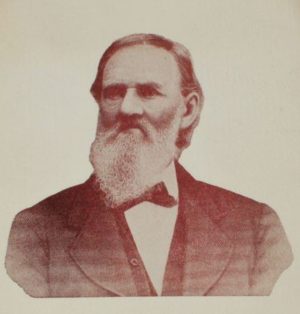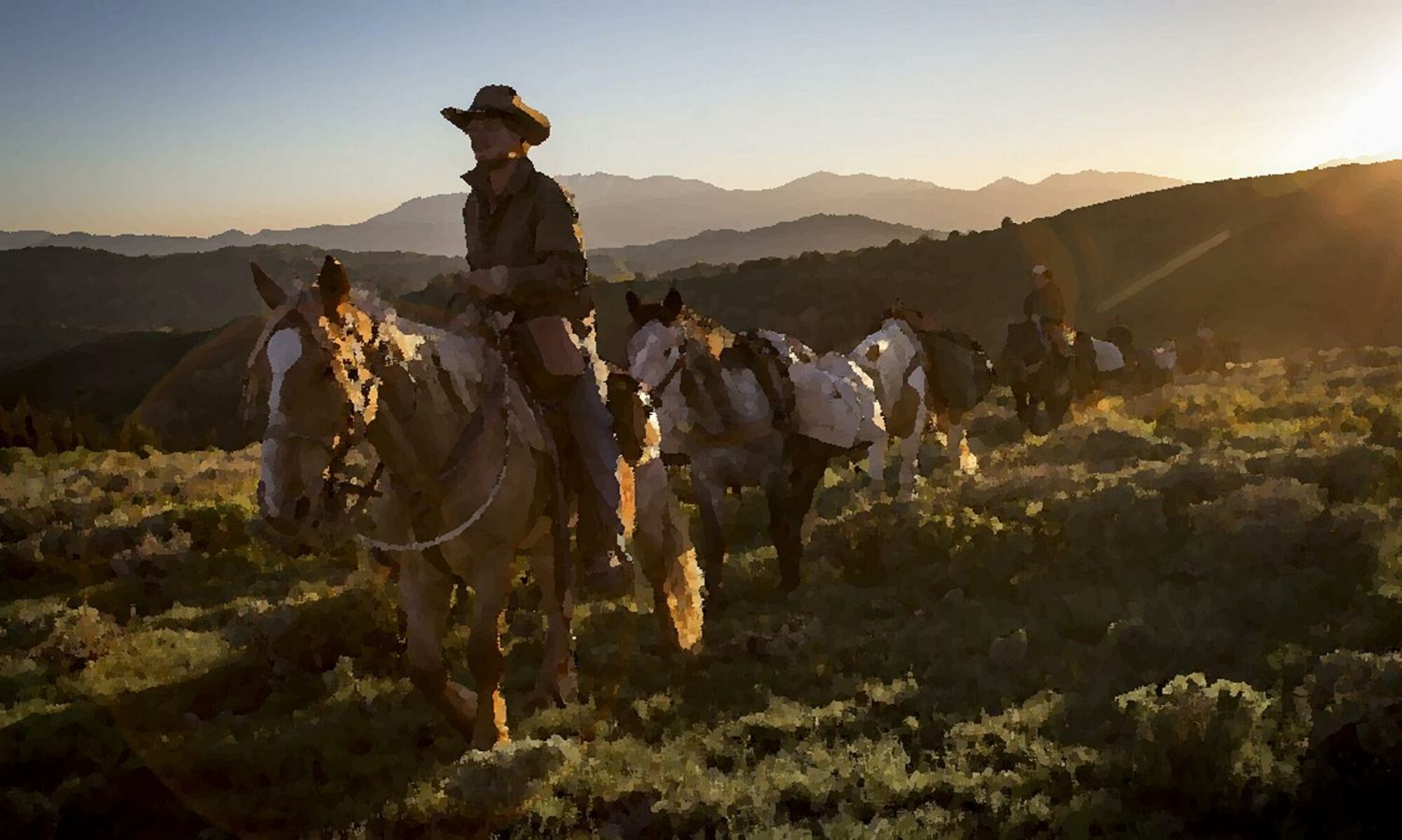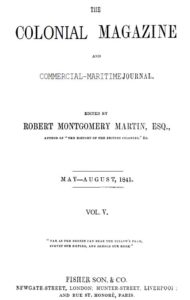 Born in Connecticut 1807, John Trumbull Warner (aka Juan Jose Warner) became one of the foundational American settlers of Alta California before the Mexican War. It was the fall of 1830, that Warner left Connecticut for a milder climate seeking improvement of his health. As a result he landed in St. Louis later that fall. That coming spring moved him to join a trading expedition with the goal of reaching Santa Fe. By July 4, 1831, firmly planted in New Mexican territory, Warner became exposed to the atmosphere of of New Mexico. On September 6th he joined a party of eleven men, including Jackson, Waldo, and Young, all bound for Alta California with the goal of purchasing mules for the Louisiana market. Their route, which later would become known as “the Southern Emigrant Trail,” through Southern Arizona, westward to the Colorado River and into the Colorado Desert of Alta California. Remaining there in California, Warner joined Young and trapped in Central and Northern California all the way into the area of Oregon. By 1834, Warner was in Los Angeles having established a store. It was during this time that he became a naturalized Mexican citizen.
Born in Connecticut 1807, John Trumbull Warner (aka Juan Jose Warner) became one of the foundational American settlers of Alta California before the Mexican War. It was the fall of 1830, that Warner left Connecticut for a milder climate seeking improvement of his health. As a result he landed in St. Louis later that fall. That coming spring moved him to join a trading expedition with the goal of reaching Santa Fe. By July 4, 1831, firmly planted in New Mexican territory, Warner became exposed to the atmosphere of of New Mexico. On September 6th he joined a party of eleven men, including Jackson, Waldo, and Young, all bound for Alta California with the goal of purchasing mules for the Louisiana market. Their route, which later would become known as “the Southern Emigrant Trail,” through Southern Arizona, westward to the Colorado River and into the Colorado Desert of Alta California. Remaining there in California, Warner joined Young and trapped in Central and Northern California all the way into the area of Oregon. By 1834, Warner was in Los Angeles having established a store. It was during this time that he became a naturalized Mexican citizen.
John T. Warner (Juan Jose Warner) occupies a unique place in California history, as he lived through the Mexican period, saw the massive transition of the native populations due to disease, rode through the turbulence of the Mexican War, which resulted in California becoming part of the United States. Perhaps the greater significance of Warner’s story is an a transitional figure in America’s westward expansion. Rooted firmly in the tradition of New England, Warner traveled to St.Louis, then engaging in the Santa Fe trade landed him in Mexico, then Alta California through the association with the fur trade places him in the vanguard of American settlers Alta California.
Timeline:
Warner went west from St. Louis in 1830 on the Santa Fe Trail
1831-34: beaver trapper
1834- 41: Worked in Los Angeles, became a naturalized Mexican citizen.
1843: was in San Diego
1844: Granted Rancho San Jose del Valle, a Mexican land grant abandoned by Jose Antonio Pico, and given to Warner (26,689 acres) by Governor Juan B. Alvarado; the rancho is also called Rancho Agua Caliente or Warner’s Rancho.
1836: Warner married Anita Gale (daughter of Boston sea captain) brought to California at 5 years old and was raised and adopted by the Pico family.
1849- 1861: Warners Ranch is an important rest stop on the Southern Emigrant Trail, also known as the Gila Trail, the Kearny Trail and the Butterfield Stage Line. This is the major immigration route to California, it has the year-round advantage of travel from Santa Fe to California. From 1857-58, this route was used as the San Antonio (Texas) to San Diego mail line. From 1857-61 as the Butterfield Overland mail.
1851: Garra Uprising (Yuma War), Warner lost ranch buildings due to fire and moved to Los Angeles. His land grant was challenged in court with the American conquest of California.
1857-61: Warner’s Ranch is a stop of the Butterfield Stage Line
Primary Source: Warner advocates for a trans-continental rail road, promoting the American interests in both California and Oregon in the early 1840’s. The lecture was written up in the Colonial Magazine, London, England.

